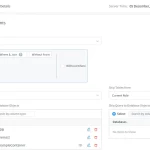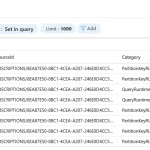
Amazon RDS is widely used to support applications with structured data and scalable infrastructure. As organizations adopt GenAI, securing and auditing these data sources becomes critical. This article explores how Amazon RDS Audit Tools enable real-time monitoring, dynamic masking, data discovery, and compliance management for GenAI workloads.
We’ll look at both native RDS features and how DataSunrise strengthens these capabilities, particularly for high-risk environments involving personally identifiable information (PII) and sensitive datasets used in AI systems.
Why GenAI Needs Specialized Audit Controls
GenAI models like RAG (Retrieval-Augmented Generation) frequently access vectorized or structured data stored in RDS to augment their responses. This raises risks such as unauthorized access to sensitive information, prompt injection or SQL injection via API interfaces, and the lack of clarity over which queries exposed which data.
For example, a user may ask an AI model:
SELECT email, ssn FROM customers WHERE city='Berlin';
If this query is embedded in a vector search, it can be hard to detect. That’s why you need audit tools that go beyond logs and trace actual data activity.
Native Amazon RDS Audit Setup
Amazon RDS supports basic auditing through database engine logs (e.g., PostgreSQL’s pgaudit, MySQL’s general log). These logs are written to Amazon CloudWatch or downloaded via the RDS console.
In PostgreSQL, you can enable auditing with:
CREATE EXTENSION pgaudit;
ALTER SYSTEM SET pgaudit.log = 'read, write';
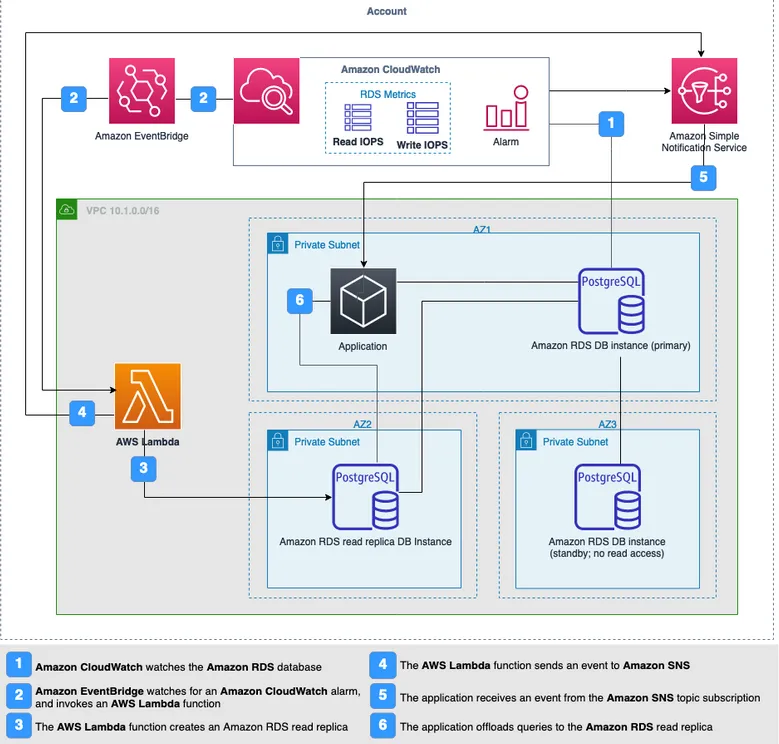
Once logs are centralized in CloudWatch, teams can start analyzing access patterns. However, these logs are not real-time, don’t support data masking natively, and require manual correlation to users or applications.
DataSunrise as an Advanced Audit Proxy for RDS
DataSunrise deploys as a reverse proxy between applications and RDS, capturing every SQL query, user identity, and result. This enables audit capabilities that go far beyond native logging. Real-time alerting becomes possible, helping security teams respond immediately to unauthorized access. Dynamic masking hides sensitive fields like SSNs and salaries depending on user roles. Through data discovery, the tool scans entire databases and classifies sensitive columns. Organizations can align this data control with frameworks like GDPR, HIPAA, and PCI DSS.
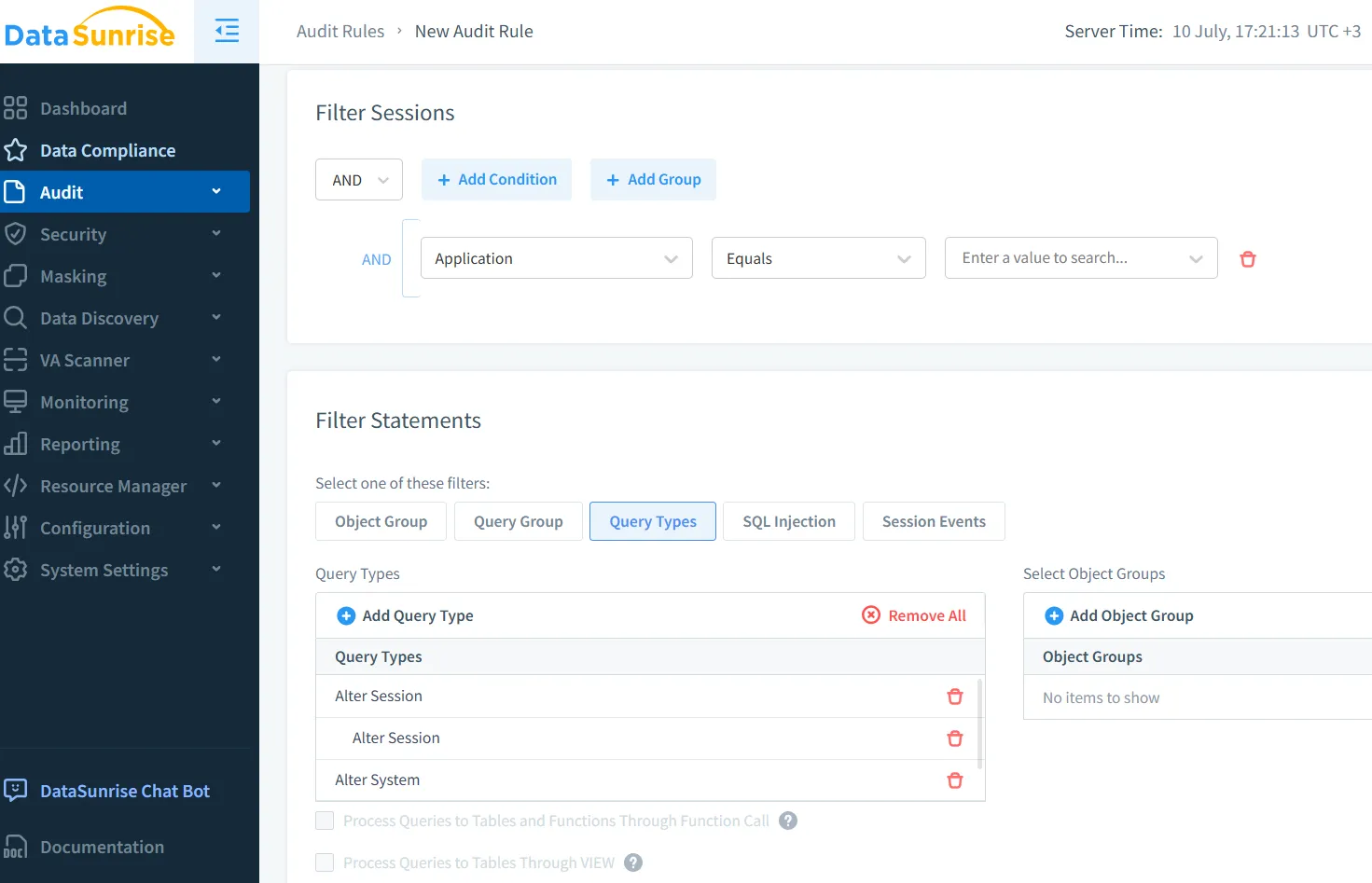
With GenAI workloads, it becomes especially valuable to set audit rules to track prompts that access protected tables, enforce masking policies for critical fields, and flag unusual usage patterns via behavior analytics.
Real-Time Monitoring and Incident Response
DataSunrise delivers real-time notifications through Slack, Teams, or email when suspicious activity is detected. For instance, if an AI model queries sensitive information outside regular business hours, the system can trigger an alert immediately. Reports for auditors or compliance teams can be automatically generated to support regular reviews.
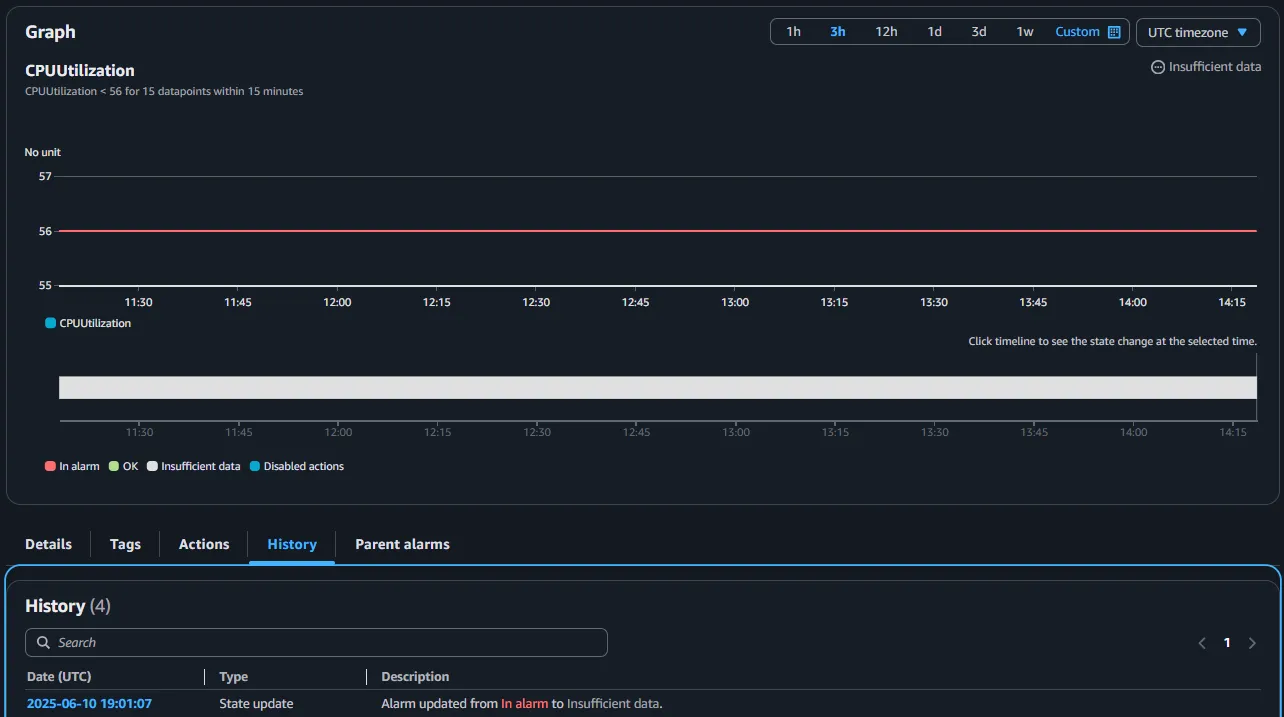
Masking and Access Control
Data masking is crucial when developers or GenAI systems require access to production-like data. Unlike native RDS masking, which lacks granularity, DataSunrise supports role-based dynamic masking and in-place masking for staging environments. Custom masking rules can be defined using regular expressions or token-based policies, giving fine control over what each role can see. This protects personal and financial data even during AI model training.
GenAI-Aware Data Discovery
Sensitive data is not always labeled clearly, especially in GenAI-driven applications where prompts and embeddings generate new table types or store logs dynamically. DataSunrise’s discovery tools allow teams to scan RDS instances and detect personal, financial, or regulated information, tagging it automatically. This tagging improves visibility and helps build a reliable classification structure for auditing and masking.
Security and Compliance Enforcement
Beyond visibility, DataSunrise adds control. Through tight integration with security policies, masking, and role-based access controls, it enforces regulatory compliance. Threats such as SQL injection and unauthorized enumeration can be detected and blocked. These events are logged, analyzed, and made part of compliance workflows through automated reports. Teams can conduct investigations using full audit trails, preserving context for forensic review.
Real-World Deployment Example
Consider a healthcare AI chatbot that pulls structured information from RDS to respond to patient insurance inquiries. With DataSunrise in place, each prompt is logged and associated with the exact data accessed. Sensitive columns such as diagnoses are dynamically masked unless access is explicitly granted. Audit logs can be filtered by prompt origin, time, user, or IP address. Monthly compliance reports are generated and shared with risk teams, ensuring policy alignment and visibility into AI operations.
External Resources to Explore Further
Final Thoughts
As GenAI tools increasingly rely on real-time data from structured sources like Amazon RDS, traditional audit logs aren’t enough. By using both native features and Amazon RDS Audit Tools like DataSunrise, organizations gain visibility, enforce compliance, and prevent AI-related data leaks.
Audit is no longer just a checkbox. It’s your active defense line for GenAI operations.
For more insights, check out our guide on Database Activity Monitoring or dive into the Audit Guide.
Protect Your Data with DataSunrise
Secure your data across every layer with DataSunrise. Detect threats in real time with Activity Monitoring, Data Masking, and Database Firewall. Enforce Data Compliance, discover sensitive data, and protect workloads across 50+ supported cloud, on-prem, and AI system data source integrations.
Start protecting your critical data today
